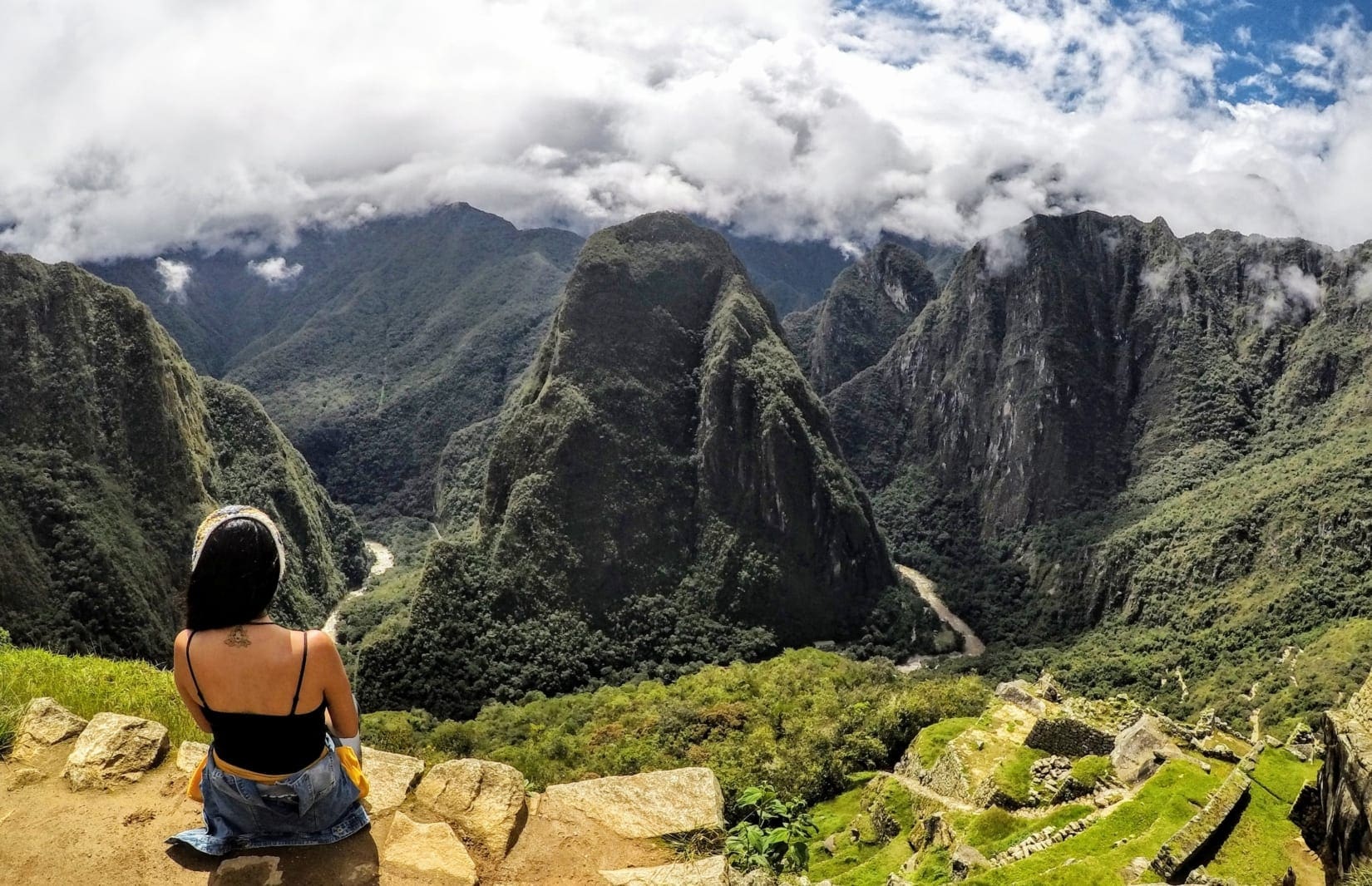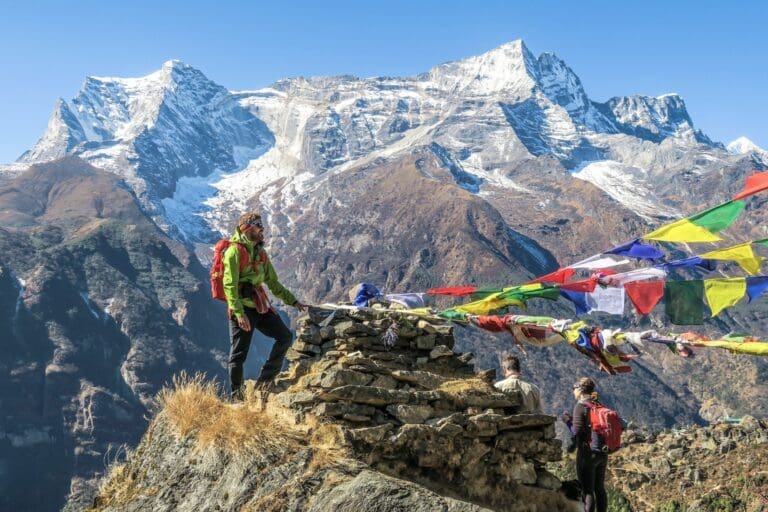The Classic Inca Trail Route: A Day by Day Guide
The Classic Inca Trail route promises to whisk you through the mystical middle of the Sacred Valley of Peru. It connects up some of the most iconic pre-Columbian sites in South America, crosses dense cloud forests and rushing rivers, and finishes at the soaring citadel of Pachacuti, also known as Machu Picchu.
Taking four days and three nights, the Classic Inca Trail is up there with the Everest Base Camp Trek and the Annapurna Circuit as one of the world’s most popular adventure treks. It’s not limited to pro climbers and is accessible to everyone with a moderate level of fitness and walking experience. And the rewards are simply awesome – think visions of snow-capped Andean summits haloed by clouds, encounters with llama herds in the valleys, and a chance to tread on trails laid down over 500 years ago by the Inca themselves.
This guide offers a day-by-day walkthrough of the Classic Inca Trail route. It starts with the early-morning wake up in your comfy hotel in Cusco and finishes with the famous ascent to Machu Picchu under the Sun Gate. Ready? Let’s go…
Day 1 – Cusco to Llaqtapata
This incredible odyssey to the citadel in the clouds starts with a 2 / 2 ½ hour drive out of Cusco. You’ll leave early to reach the trailhead in time for a full day’s trekking. If you’re on a group trek, this will also be your chance to get to know the other hikers who will be joining you for this once-in-a-lifetime experience.
The first port of call is so-called Kilometer 82. Its other name is Piscacucho and it awaits past the little village of Tancac at the gateway to the depths of the Sacred Valley. After showing your passport and Inca Trail pass at the control booth, you’ll be on the official trek. And so it begins…
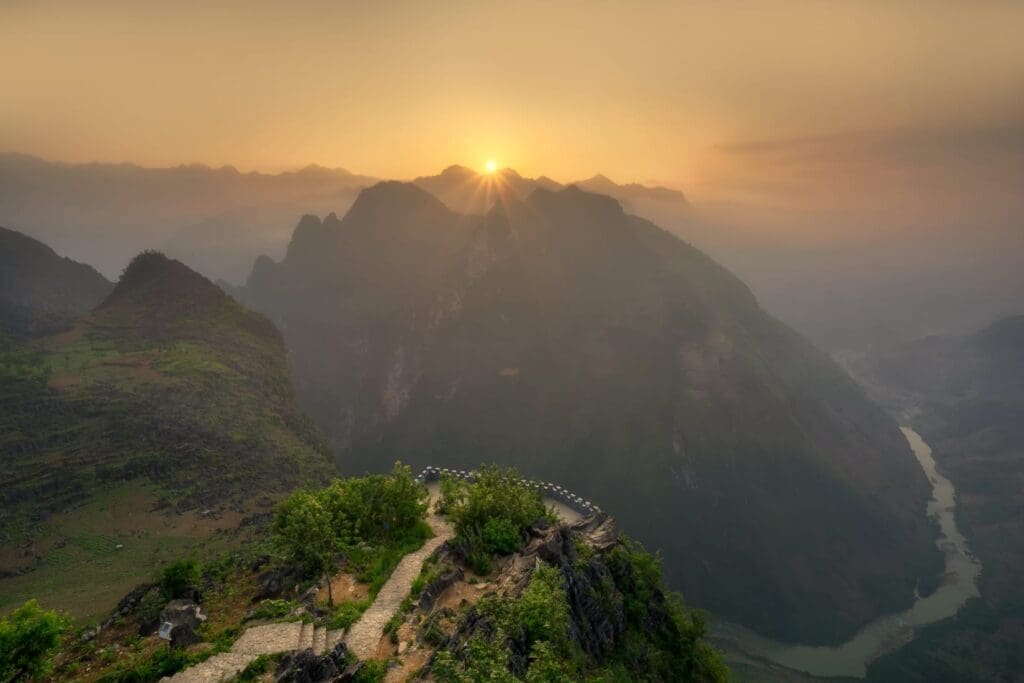
The first few hours are relatively easy-going hiking, as you weave through thatched Quechua hamlets by the side of the Urubamba River. There’s a fantastic lunch pitstop at a stop known as Q’oriwayrachina. You’ll refuel as the mists roll and swirl around the snow-capped tops of the Nevado Veronica in the distance.
Day 1 continues on at a pretty forgiving pace until you make the crossing over the Urubamba at Q’ente. There’s a chance there to explore Wayna Q’ente, which translates to “Old Hummingbird Village”. It’s one of the first major archaeological sites on the trail, with quarried-stone cottages and semi-circular barn structures, aqueducts and old Incan bridges that date back centuries.
The final push takes you onto some higher ground to a campsite that’s perched above the Incan ruins of Llaqtapata. They’ll sprawl out below you on a lush, grassy plinth of land atop the Sacred Valley. You can settle in and rest the legs, and look skywards to the star-filled cosmos in search of the Southern Cross. Tomorrow will be more of a challenge!
If you want to add on to your trip, read our blog The Top 11 Things to Do in the Sacred Valley for ideas of what you will not want to miss.
Day 2 – Llaqtapata to Llulluchapampa
The path shifts to run south through the Andes by the side of the Cusichaca River on Day 2 of the route. It’s a part of the trek where you can start to feel totally alone, as the crumpled ridges of the Veronica massif fade into the heat haze behind and you enter a forever-narrowing opening in the mountains moving slowly but surely upwards.
You’ll have a quick pit stop at the village of Huayllabamba. It’s a popular camp for trekkers so expect to see other walkers here. But the buzz is balanced out by a speckling of other Incan ruins – including the remains of an old canal – and the presence of some rustic Quechua shacks selling cocoa tea and whatnot.
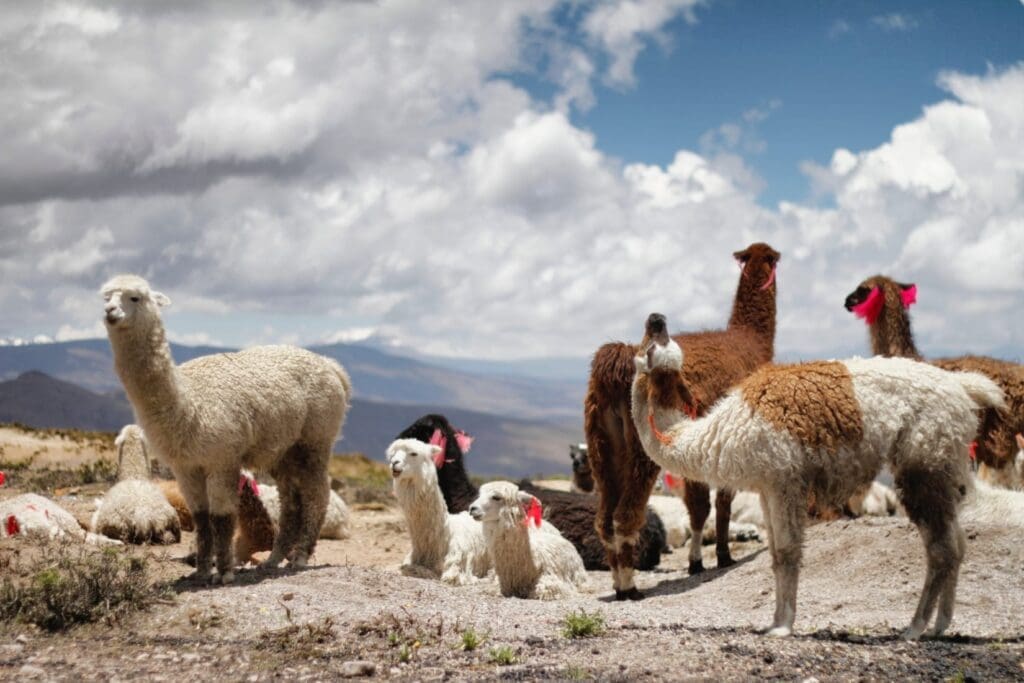
About 2.5 miles into the trail, the valley splits in two. There’s only really one way to go though, as the Cusichaca River that you’ve been following pushes on to unfurl around to the base of the Salkantay glacier that’s hidden to the south-west. The Classic Inca Trail Route, meanwhile, spurs westwards, following the gushing Rio Llullucha through a hanging valley that’s pure drama from start to finish.
This is where the route really starts to gain some height. The gradient increases and the path narrows and pushes through ever-thicker bouts of laurel and cedar forest. The aim is the campsite at Llulluchapampa midway up the ascent to the pass. It’s a stunner, opening up views to the south-east that include the serrated tops of the Huayanay mountain. It’s a pretty neat spot to stay for the night.
Interested in learn more about the Classic Inca Trail Route, read more about it on our blog The Complete Guide to Hiking the Inca Trail to Machu Picchu in 2021.
Day 3 – Llulluchapampa to Phuyupatamarka
Lace the boots up good – Day 3 is the most challenging of the trek. Starting at Llulluchapampa camp at 12,500 feet above sea level means that the altitude might already have taken a toll. But there’s still more to climb, because the morning is all about conquering the highest point on the whole of the route: Warmiwanusqua, or Dead Woman’s Pass.
It is called Dead Woman’s Pass because the mountain is thought to resemble the body of a woman staring skywards, the peak is one of the last hurdles before you get into the heart of the sacred Andes around Machu Picchu. It soars to a whopping 13,692 feet, so expect the air to thin as you approach the pass, although the sweeping panoramas of Huayanay and the clusters of lush cloud forest are good compensation for the efforts.
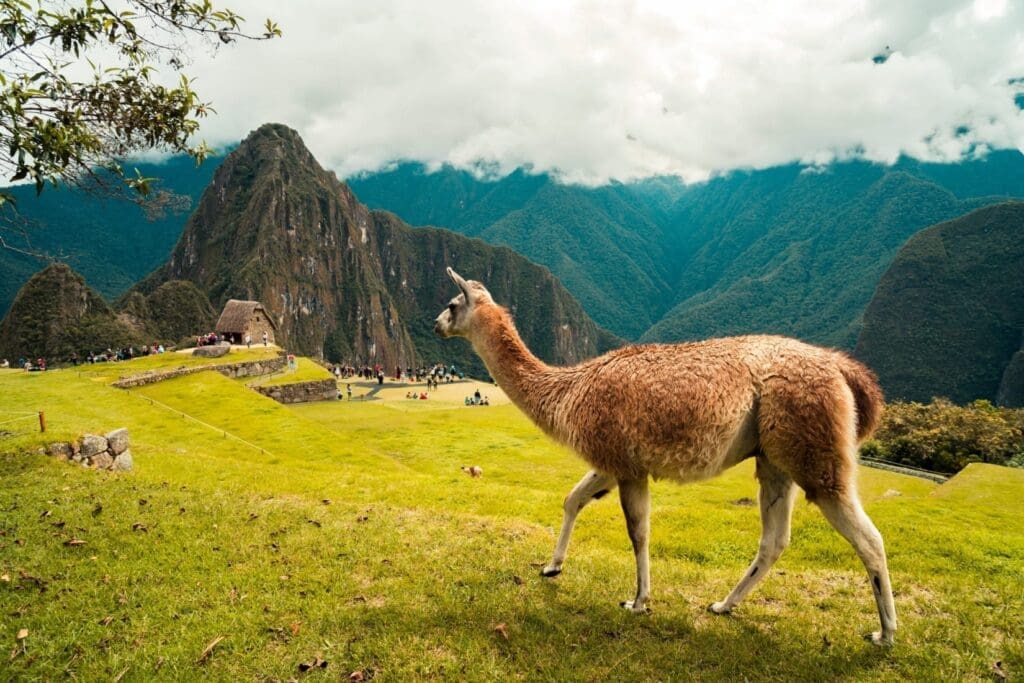
The good news is that the Inca Trail Route descends gradually after hitting Dead Woman’s Pass. First, it skirts the side of a wooded mountain before cutting across a ridge above the Pacaymayo River. Then there’s a slight bend upwards until you reach the Runkuraqay Pass. There, you can see a few glistening mountain lakes next to a strange round tower thought to have once been a resting place for the Inca on their way to Machu Picchu.
Around the next bend in the path is the iconic archaeological site of Sayaqmarca. Sayaqmarca offers a fascinating glimpse into the engineering skills of the Inca civilization, with its strategically placed structures built into the mountainside. That’s where you’ll spy your first glimpse of the sleeping giant of a mountain that is Salkantay, cased in ice and snow as it keeps watch over the Aobamba Valley and the wispy tops of Mount Pumasillo to the north. These are unquestionably some of the best views of the whole Inca Trail route, so be sure to have the camera at the ready.
The stone paths laid by the Inca keep wiggling and weaving through the lush cloud forests from here on. There’s another couple of miles until you reach Phuyupatamarka, which will be the rest point for the night. You might have to dodge a few llamas on the path to get in. Then, you’ll be pitching up next to a terraced Incan ruin complete with ancient bathhouses.
Are you considering hiking the Classic Inca Trail Route, learn more about how you can hike with The Explorer’s Passage HERE.
Day 4 – Phuyupatamarka to Machu Picchu
The culmination of the Classic Inca Trail route begins with a descent from Phuyupatamarka to the Urubamba River once again. The trip from the heights of the campsite to the roaring waters is pretty fantastic. Notice how Incan buildings get more and more common on the zig-zagging pathway; how the sides of the Andes steepen; how the cloud forests bloom with orchids and gnarled queñuales trees.

Check out our blog on The Top 9 Things to do in Machu Picchu.
The first part is a fast descent on a curving trail that heads north-northwest. That soon reaches a spur to Winay Wayna. You’ll want to take that to get a glimpse of stepped agricultural terraces and steep-gabled houses that were built by the Inca in the 1500s, in what many say is the second most impressive ruin in the whole Sacred Valley. It’s also a great place to gather a little energy for the next part of the route – Winay Wayna translates roughly into “forever young.”
Then, what you’ve all been waiting for: The final ascent to Machu Picchu. It begins humbly, moving through thickets of laurel woods at a relatively low altitude with the Urubamba River roaring just to the east. But, as the path bends upwards, you join the ancient Incan stones and skirt high bluffs that burst with colossal fern blooms.
Then comes the Sun Gate – the ritual entrance to Machu Picchu for hikers on the Classic Inca Trail route. It’s often a moment of sheer elation for walkers who’ve conquered the bulk of the iconic trek. All that’s left is a couple of clicks on a well-maintained path to the heart of Machu Picchu itself, for your hard-earned tour of the great Incan temples, royal court rooms, and llama-spotted terraces.
Most travelers choose to cap off a trek on the Classic Inca Trail route with a stay in the town of Aguas Calientes. It lies right below the UNESCO site and offers a great place for some well-deserved R&R, especially when you factor in those local hot springs!
Book your Inca Trail Tour to Machu Picchu with The Explorer’s Passage and start planning your adventure today.
I hope to see you in Machu Picchu!
Cheers,
Jeff
Jeff Bonaldi
Founder & CEO
The Explorer’s Passage
About Jeff Bonaldi
Jeff Bonaldi is the Founder and CEO of The Explorer’s Passage, a premier adventure travel company. His mission is to provide travelers with the opportunity to transform their lives and the planet through the power of adventure. Learn more about Jeff’s story and his company HERE.
Share this amazing location!

